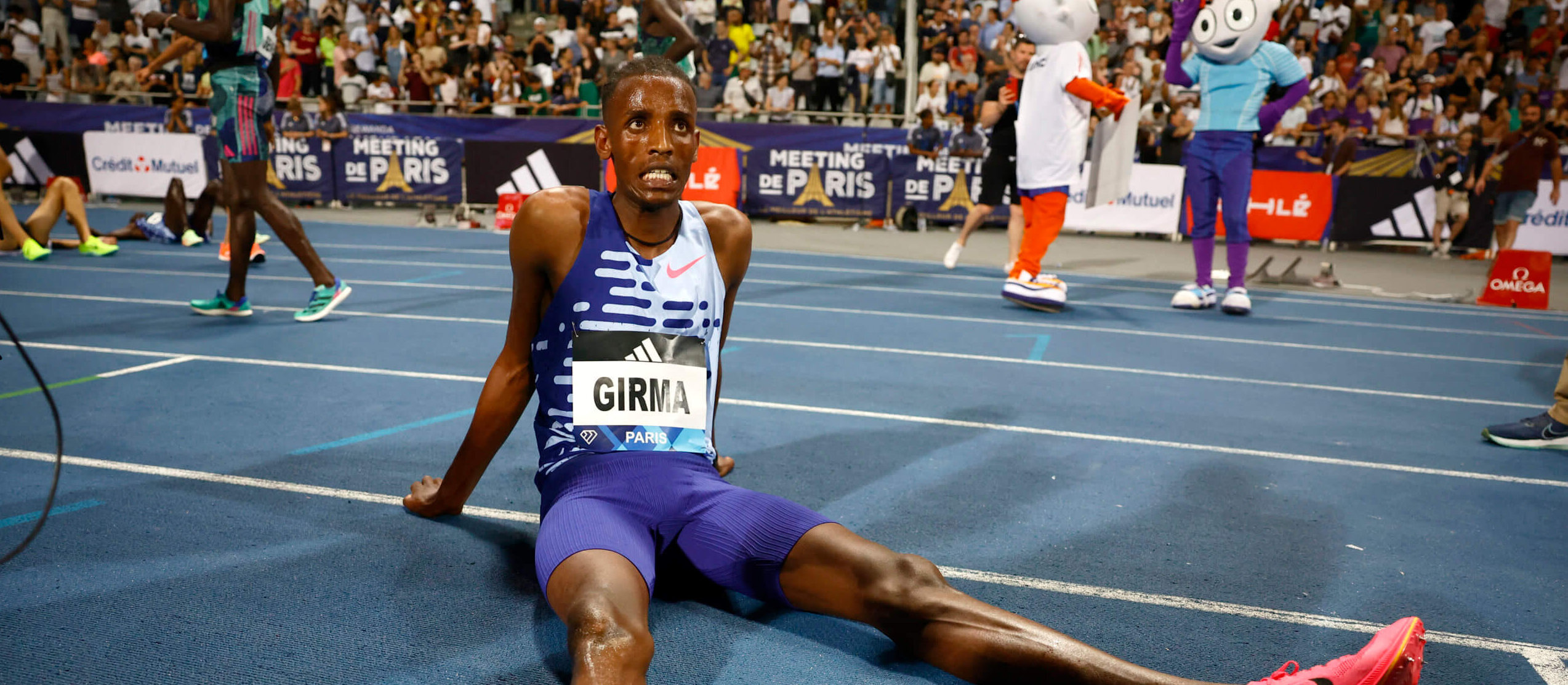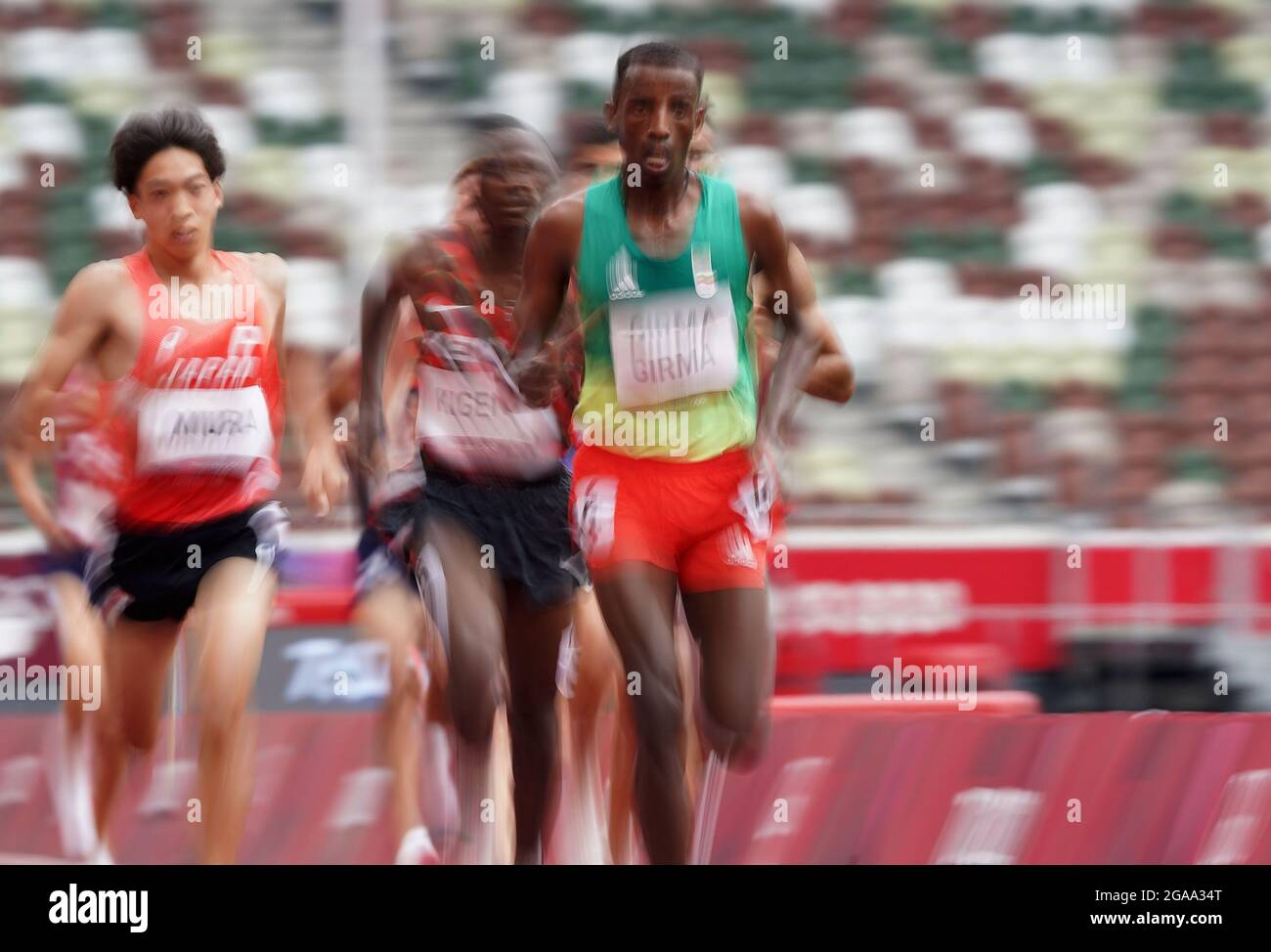Analyzing the Fall

A fall in the Girma Steeplechase, like any other steeplechase race, can be attributed to a combination of factors, including rider error, horse health, and course conditions. Understanding these factors is crucial to ensuring the safety of both riders and horses.
Safety Protocols and Measures
The Girma Steeplechase, like most other steeplechase races, implements stringent safety protocols and measures to mitigate the risk of falls. These protocols aim to minimize the likelihood of accidents and ensure the well-being of participants.
- Pre-race veterinary inspections: All horses participating in the race undergo rigorous veterinary inspections to ensure they are fit and healthy. This includes checking their health, soundness, and fitness for the demanding race.
- Course inspection: The course is thoroughly inspected before the race to identify any potential hazards or obstacles. This ensures that the course is safe for both horses and riders.
- Safety marshals: Experienced safety marshals are stationed at strategic points along the course to respond quickly to any incidents. They are trained to provide immediate assistance to riders and horses in case of a fall or other emergencies.
- Medical personnel: Qualified medical personnel are present at the racecourse, equipped to handle any injuries or emergencies that may arise. They are prepared to provide prompt and effective medical care to both riders and horses.
Comparison with Other Steeplechase Races
The Girma Steeplechase shares similarities with other steeplechase races worldwide in terms of its demanding nature and safety protocols. However, certain factors distinguish it from other races, influencing the difficulty and safety aspects.
- Course terrain: The Girma Steeplechase course, known for its challenging terrain, presents a unique set of obstacles for riders and horses. The undulating terrain, including hills, valleys, and water jumps, requires exceptional skill and athleticism from both horse and rider. This demanding terrain, compared to other races with more standardized courses, increases the risk of falls and emphasizes the importance of rider experience and horse fitness.
- Obstacle design: The Girma Steeplechase features unique obstacles, including the signature “Girma Wall,” which adds to the difficulty and spectacle of the race. These obstacles, while adding to the challenge, also necessitate a higher level of skill and coordination from riders and horses. The unique obstacle design, compared to other races with more traditional obstacles, highlights the importance of horse training and rider adaptability.
Impact and Aftermath: Girma Steeplechase Fall

A fall in a steeplechase can have devastating consequences for both horse and rider. The impact of a fall can result in serious injuries, sometimes even fatal, and significantly impact the outcome of the race and the careers of those involved.
Impact on Horse and Rider
Falls in steeplechase racing can lead to a range of injuries for both horse and rider. Horses can sustain injuries such as broken bones, ligament tears, and concussions. Riders can experience broken bones, head injuries, and spinal cord injuries. The severity of these injuries can vary depending on the speed and force of the fall.
Impact on Race Outcome, Girma steeplechase fall
A fall can significantly affect the outcome of a steeplechase race. If a leading horse falls, it can open up the race for other competitors. A fall can also cause a race to be red-flagged or even canceled, leading to disappointment for both riders and spectators.
Impact on Careers
Falls can have a significant impact on the careers of both riders and horses. A serious injury can force a rider to take a break from racing, potentially affecting their competitive edge. For horses, a serious injury can lead to retirement, ending their racing career prematurely.
Impact of Falls on the Girma Steeplechase
| Year | Number of Falls | Severity of Falls | Impact on Race Outcome | Impact on Careers |
|---|---|---|---|---|
| 2013 | 2 | Minor | No significant impact | No significant impact |
| 2014 | 1 | Moderate | One horse retired | One rider sustained minor injuries |
| 2015 | 0 | N/A | N/A | N/A |
| 2016 | 3 | Major | Race was red-flagged | Two horses retired |
| 2017 | 1 | Minor | No significant impact | No significant impact |
| 2018 | 2 | Moderate | One horse retired | One rider sustained minor injuries |
| 2019 | 0 | N/A | N/A | N/A |
| 2020 | 1 | Major | Race was canceled | One horse retired |
| 2021 | 2 | Minor | No significant impact | No significant impact |
| 2022 | 0 | N/A | N/A | N/A |
Girma steeplechase fall – The sudden fall of Girma during the steeplechase race was a shocking sight, leaving spectators stunned. His momentum, once so powerful, was abruptly halted by the unforgiving barrier. The impact, a stark reminder of the inherent dangers of the sport, resonated throughout the stadium.
One can only imagine the comfort he might have found in a twin leather sleeper chair after such a grueling race, a sanctuary for tired muscles and a place to regain composure. Girma, though injured, will undoubtedly return to the track, fueled by his determination and the cheers of his supporters.
Girma’s fall during the steeplechase was a dramatic moment, a sudden, jarring halt to his graceful stride. The impact reverberated through the crowd, echoing the feeling of a well-worn aged leather club chair settling back into its familiar position after years of use.
As Girma lay still, the silence was thick with tension, much like the patina of age that lends a timeless beauty to a well-loved leather chair.